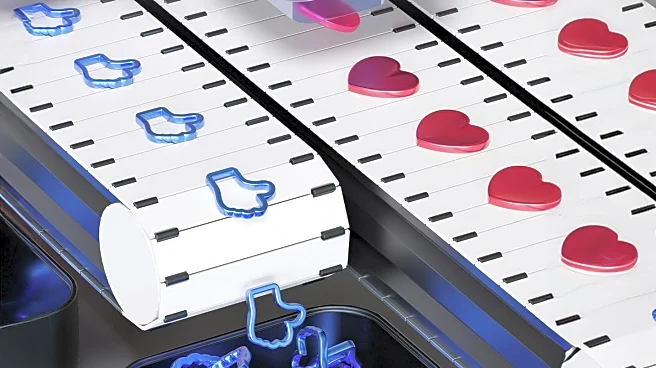What's Happening?
The market for Nonalcoholic Steatohepatitis (NASH) therapeutics and diagnostics is experiencing significant growth as healthcare systems address the rising prevalence of liver disorders linked to lifestyle factors. NASH, a severe form of nonalcoholic fatty liver disease (NAFLD), is associated with obesity and diabetes, presenting a substantial unmet medical need. Despite the absence of FDA-approved therapies, pharmaceutical companies are actively developing promising drug candidates, while advancements in non-invasive diagnostics are improving early detection. The market is segmented into therapeutics, with drugs like obeticholic acid and semaglutide in late-stage trials, and diagnostics, focusing on non-invasive methods such as imaging and biomarker tests.
Why It's Important?
The increasing incidence of NASH, driven by obesity and diabetes, poses a significant challenge to global healthcare systems. The development of effective treatments and diagnostics is crucial for managing this condition and reducing liver-related morbidity and mortality. The market's growth reflects the urgent need for innovative solutions, with potential FDA approval of new therapies offering substantial revenue opportunities. As awareness and demand for early diagnostic solutions rise, the healthcare industry is poised for transformative advancements in liver disease management.
What's Next?
The competitive landscape is dynamic, with major pharmaceutical companies racing to develop the first approved NASH therapy. Analysts predict potential FDA approval by 2025-2026, which could revolutionize treatment strategies. In diagnostics, the adoption of non-invasive technologies is expected to expand, driven by clinical demand. Continued investment in research and development, along with government initiatives promoting liver health, will shape the future of NASH management.













